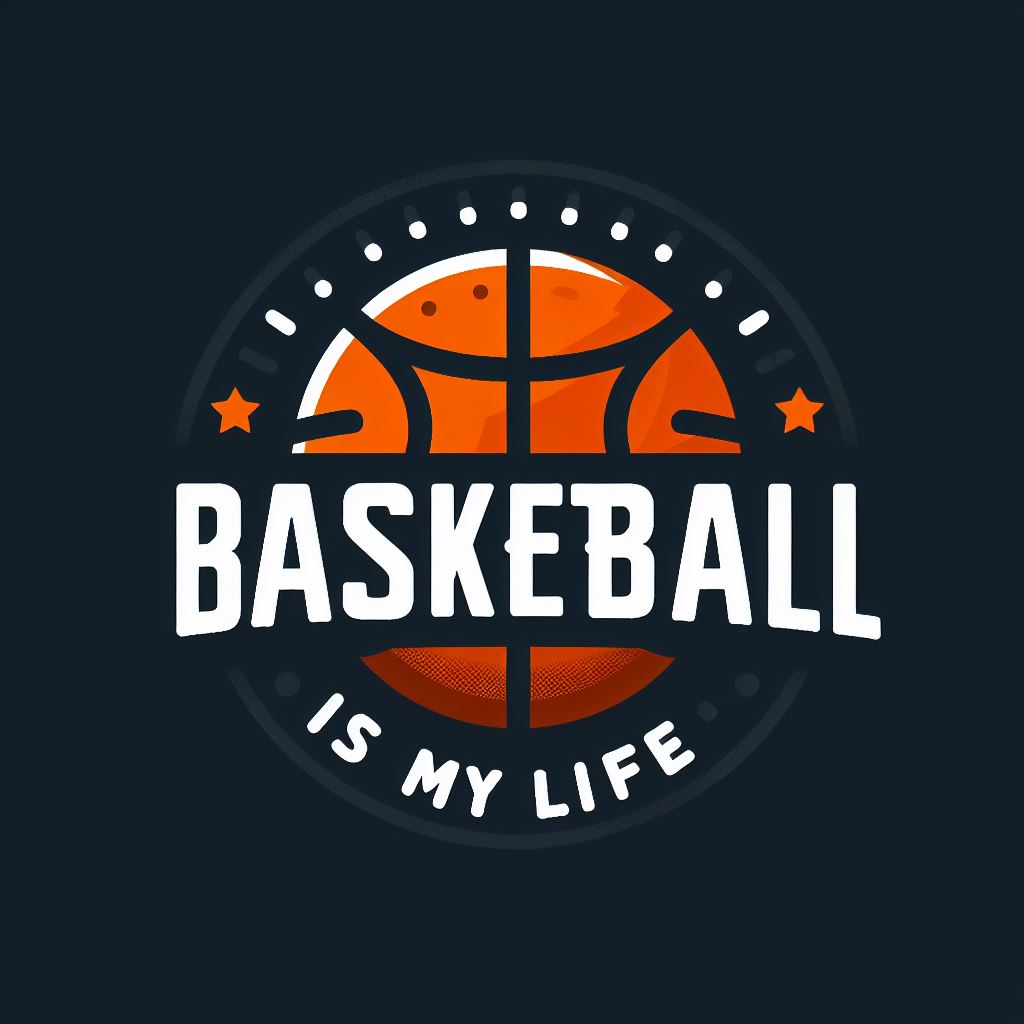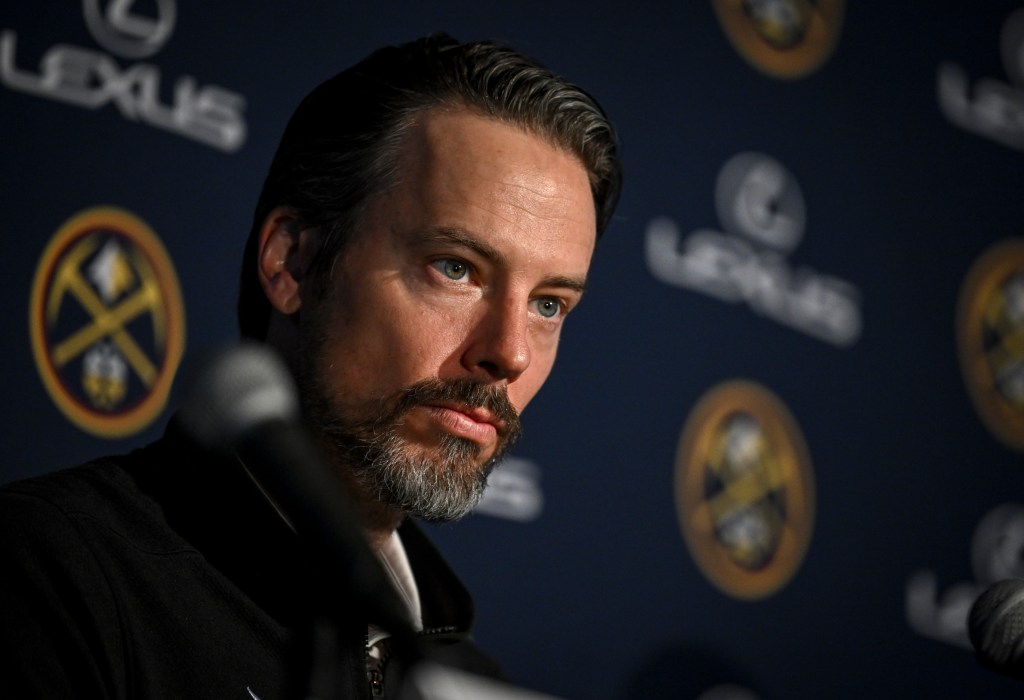CASTLE ROCK — After a grueling round of golf on the longest course in PGA Tour history, Nuggets president Josh Kroenke calmed down with a series of questions about Denver’s arduous offseason.
At least that’s what most voices and writings outside Ball Arena perceived. The Nuggets were widely declared one of the NBA’s summer losers, due to a combination of polarizing strategy, inefficiency staged on an international scale and simple terrible bad luck.
Internally, that’s not how management sees it. They’re aware of the risks they’ve thrown their way, of course, especially with the avoidable sacrifice of Kentavious Caldwell-Pope and the subsequent additions of Russell Westbrook and Dario Saric. KCP signed with Orlando for three years and $66 million, an offer the Nuggets chose not to match despite owning his rights to Bird. But if the result is a slightly worse (but still elite) starting lineup traded for slightly better lineup depth and versatility, so be it, according to their philosophy.
This is especially true with other player retention efforts to consider, even after Jamal Murray. Aaron Gordon becomes eligible for an extension starting Sept. 27. Christian Braun and Peyton Watson each have two years remaining on their rookie contracts.
Flexibility for future spending is a fourth essential dimension on the chessboard, Kroenke explained Wednesday after the Gardner Heidrick Pro-Am.
“Once we knew (Caldwell-Pope) was going to retire and test the open market, we thought it would probably be pretty tough to keep him,” he said when asked what the deciding factor was in choosing which number to use during KCP’s free agency. “We got some really good offers as far as where we thought it made sense for us going forward, but when you get to the open market and there’s teams that have cap space and really need a certain skill set, (it’s tough). We’ve been smart in our planning, and we think we have some young players that can fill certain roles, and so we have to think about the future in the new system as well.”
He’s talking about the year-old collective bargaining agreement that the league still hasn’t honored. Specifically: the punitive competitive penalties associated with player payrolls exceeding the second tax apron.
“It’s much closer to the NHL style, even though the NBA is not a hard salary cap system,” Kroenke continued. “In the NHL, when you think about contracts and you start planning, you have to think a year or two ahead. Because if you’re giving up cap space and you have to give up players to give up something you don’t want to give up, that’s not a good situation to be in. So we’re very excited about the group that we have, while planning and keeping an eye on that future and making sure we have the flexibility to keep the players that we want to keep.”
Comparing the NBA and NHL salary cap systems raises an obvious question: Should we expect Nuggets ownership to not exceed the second deck in the future? Has the KCP situation set a precedent?
Does Kroenke see this second apron as a hard cap?
“Not necessarily,” he said. “But when you talk about our starting five, and you understand the flexibility rules when you’re in that second deck, it’s a real juggling act. We’re spinning as many plates as we can, trying to keep those plates as stable as possible. But yeah, it was a different exercise (this offseason). … We were excited about the possibility of retaining (Caldwell-Pope), but we also knew that once he hit the open market, it was something we might have to walk away from to preserve our future flexibility.”
In the meantime, let’s get back to the current state of the roster. Losing KCP also provided some immediate flexibility. The Nuggets were able to use the taxpayer’s mid-level exception to sign Saric, a viable backup center for Nikola Jokic. It was their most expensive move of the summer, but far from their most high-profile.
That title belongs to Westbrook, a former MVP, future Hall of Famer and current bench player.
The post-Thunder era hasn’t always been kind to Russ. Denver will be his fifth new jersey in six seasons. Twice in that span, he’s been traded to Utah, but the Jazz let him go so he could quickly sign with a new team (including this one).
But at his best, every player in the league understands the boost he can provide. And Kroenke is willing to indulge in a little nostalgia.
“I had the opportunity to meet him for the first time right after he signed, and like I told him, I’m very grateful to have him on our side,” Kroenke said. “Because I watched him break our hearts for so many years in Oklahoma City and all that. So he’s going to be a really interesting person to have, on and off the court, with some of the younger guys that are expected to play bigger roles this year. Russ has seen it all, in and around the NBA, so he’s going to be a big part of who we are, both in the locker room and on the court.”
Second-place fears aside, the Nuggets nonetheless surpassed first place for a second straight season. With all 15 spots filled, any addition to the team at this point would require working around other side effects of CBA to complete a transactionDaRon Holmes’ season-ending Achilles injury allowed Denver to qualify for a $1.53 million disabled player exception, but that doesn’t exempt the first-round pick from a roster spot. To take, the Nuggets must give.
“I think the roster is pretty well prepared for this year,” Kroenke said. “But you never know. Our eyes and ears are always open. The new rules are interesting, and how some of these trades work once you get over the tax. But I think it opened a lot of teams’ eyes this summer, because of the way some of them handled themselves.”
Originally published:

